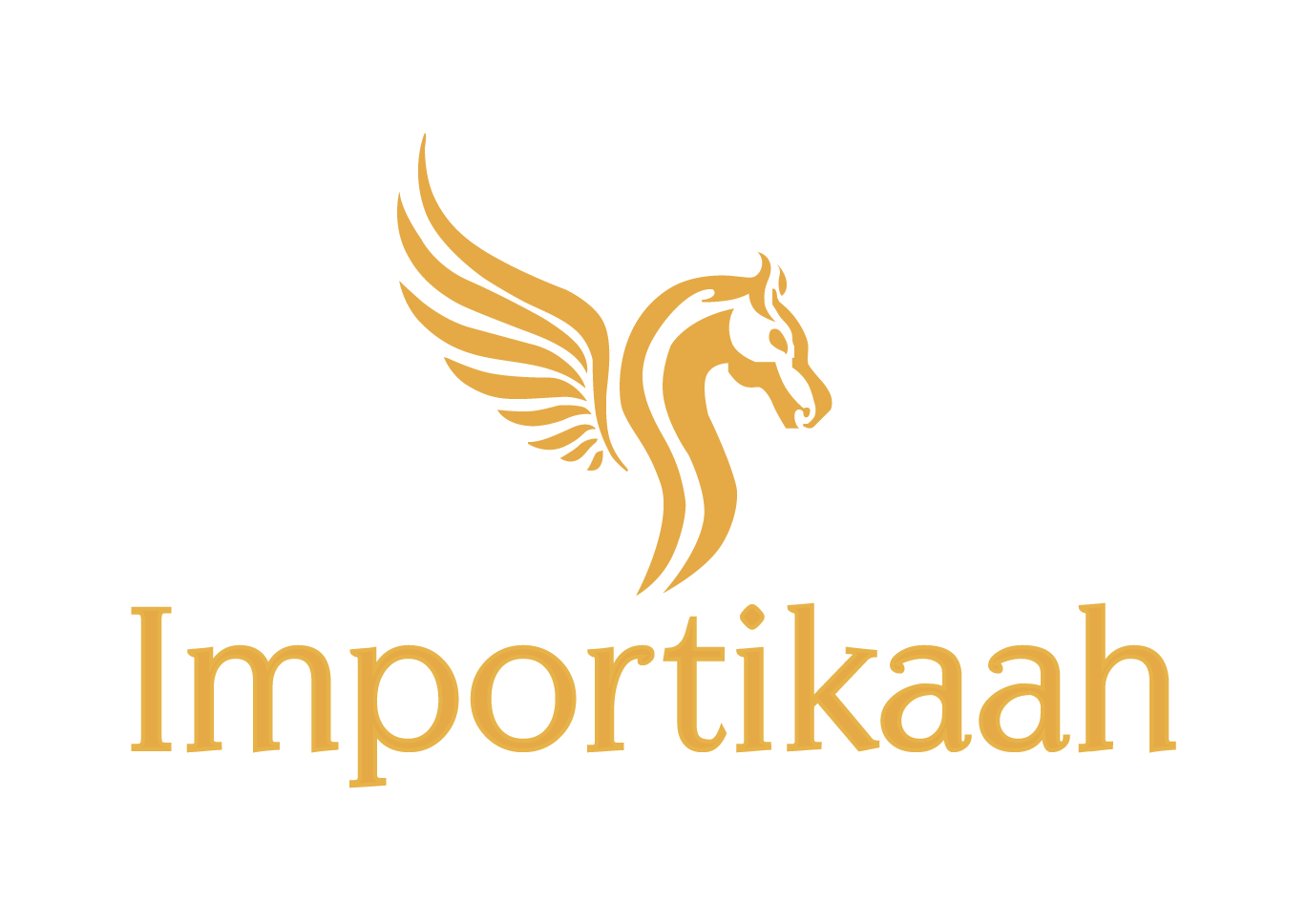Embarking on the journey of motherhood brings immense joy, coupled with new challenges, one of which may be the unexpected pain during breastfeeding. While breastfeeding is a natural process, it's not uncommon for new mothers to experience discomfort. This comprehensive guide aims to uncover the reasons behind painful breastfeeding and provide you with strategies to alleviate the discomfort, ensuring a more pleasant nursing experience for both you and your baby.
Understanding the Pain: Common Causes
1. Improper Latching: One of the most common reasons for breastfeeding pain is an improper latch. A good latch is crucial for effective feeding and to avoid nipple soreness and pain.
2. Engorgement: When breasts are overly full, they can become hard and painful, making it difficult for the baby to latch properly.
3. Thrush: This is a yeast infection in the baby's mouth that can spread to your breasts, causing itching and pain during and after breastfeeding.
4. Mastitis: An inflammation of breast tissue that can result in infection. Symptoms include breast pain, swelling, warmth, and redness.
The Journey to Pain-Free Breastfeeding
1. Perfecting the Latch: Learn and practice proper latching techniques. Don't hesitate to ask for help from a lactation consultant who can guide you through the process.
2. Managing Engorgement: Regular feeding and expressing milk can help manage engorgement. Warm compresses before feeding and cold compresses afterward can also provide relief.
3. Treatment for Thrush and Mastitis: Consult with healthcare professionals for appropriate treatment. Keeping nipples dry and changing nursing pads frequently can help prevent thrush.
4. Comfortable Positioning: Finding a comfortable nursing position is crucial. Experiment with different positions to see what works best for you and your baby.
The Emotional Side of Breastfeeding Pain
1. Acknowledging Feelings: It's important to acknowledge and address any feelings of frustration or disappointment that may arise due to breastfeeding challenges.
2. Seeking Support: Connect with other mothers who can provide empathy and share their own experiences and solutions.
3. Self-Care: Taking care of your emotional well-being is as important as managing physical pain. Ensure you're getting enough rest, eating well, and taking time for yourself.
Beyond Pain: The Joy and Benefits of Breastfeeding
While addressing the pain, it's also important to remind yourself of the numerous benefits of breastfeeding. It provides optimal nutrition for your baby, strengthens the emotional bond, and offers health benefits for both the mother and the child.
When to Seek Professional Help
If the pain is severe, persistent, or accompanied by other symptoms, it's important to consult with healthcare professionals. They can diagnose any underlying issues and provide appropriate treatment and support.
Additional Insights for a Better Breastfeeding Experience
1. Dietary Considerations: What you eat can impact your breastfeeding experience. Some foods might increase milk production, while others could potentially cause discomfort or allergic reactions in your baby. Being mindful of your diet and observing how different foods affect you and your baby can be helpful.
2. The Role of Hydration: Staying well-hydrated is essential for maintaining a healthy milk supply. Water, milk, and juice are good choices to keep yourself hydrated.
3. Understand Your Baby's Feeding Patterns: Each baby is unique. Some might feed more frequently than others, while some take longer at each feed. Understanding and adapting to your baby's individual needs can help reduce stress and discomfort for both of you.
4. Addressing Nipple Confusion: If you are alternating between breastfeeding and bottle-feeding, be aware of nipple confusion. It can make breastfeeding more difficult for the baby and might lead to a preference for the bottle, which requires a different sucking mechanism.
Empowering Yourself Through Education
1. Breastfeeding Workshops and Classes: Consider attending breastfeeding workshops or classes. They can provide valuable hands-on training and insights from experienced professionals.
2. Online Resources and Forums: There are numerous online resources and forums where you can find support and advice from other mothers who have faced similar challenges.
3. Books and Guides: A variety of books and guides are available on breastfeeding. These can be an excellent resource for tips, techniques, and reassurance.
Conclusion
Breastfeeding is a journey with its set of challenges, but with the right knowledge and support, it can also be a deeply rewarding experience. Understanding the causes of pain and how to address them can significantly improve your breastfeeding journey, allowing you and your baby to enjoy the countless benefits it has to offer. Remember, every baby is unique, and what works for one may not work for another. Stay in tune with your baby's needs, consult healthcare professionals as needed, and trust in the healing embrace of breastfeeding.
Connect With Us
Ready to embark on this enchanting journey with Importikaah? Explore our curated collection at Importikaah.com and connect with us on Instagram, Facebook, and YouTube

